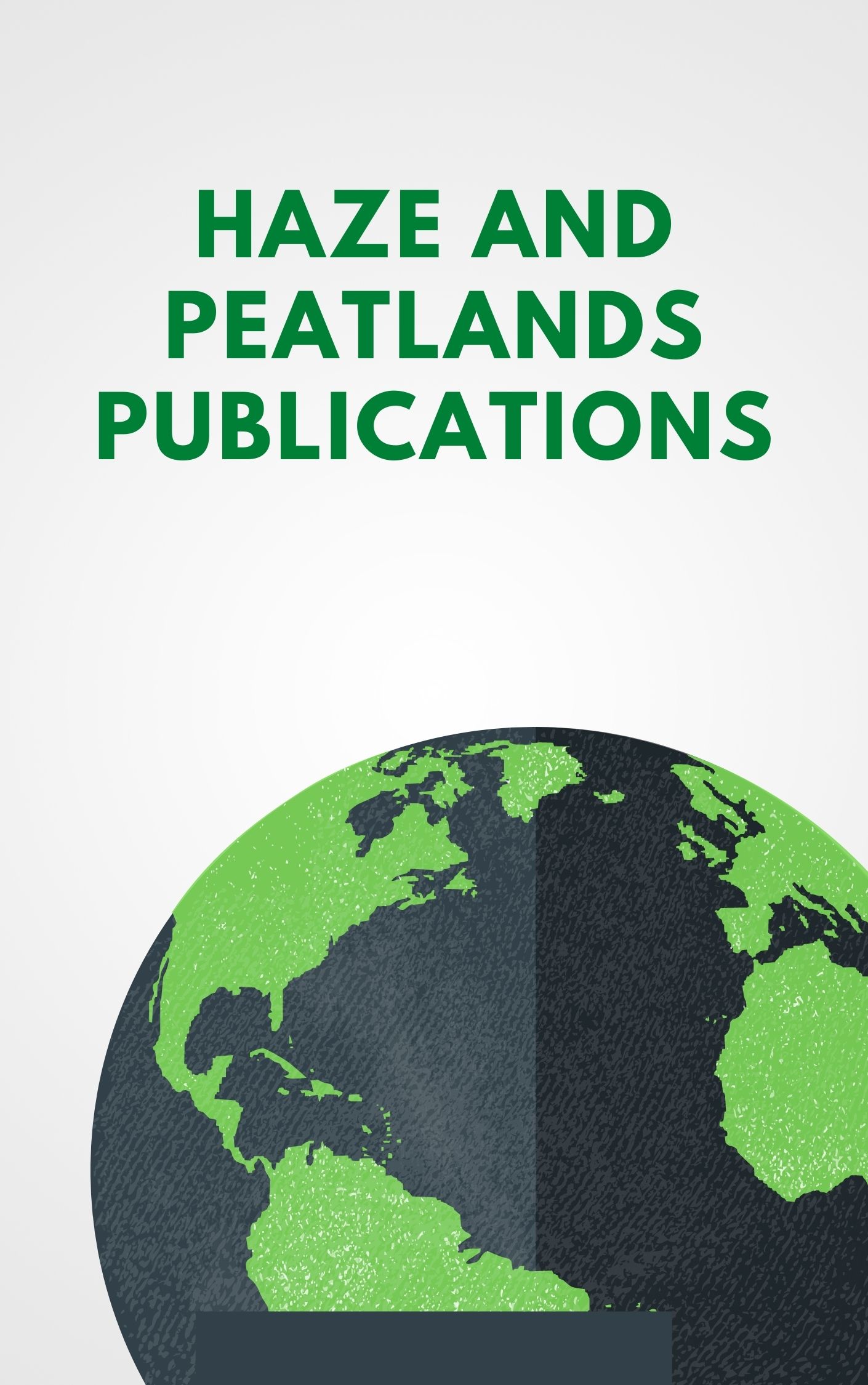The air quality monitoring system is the most prominent tool for monitoring air pollution levels, especially in areas where forest fires often occur. The South Sumatra Province of Indonesia is one of the greatest contributors to haze events in Indonesia due to peatlands fires. It does not sufficiently possess a ground monitoring system to cover rural areas, and thus, delayed actions can result in severe air pollution within this region. Therefore, the aim of this current study is to analyze the distribution and classification of PM2.5 observed from 2019 to 2021 within the South Sumatra Province, Indonesia. The acquisition of PM2.5 data was from the Merra-2 Satellite with a spatial resolution of 0.5° x 0.625° and an hourly interval. The hierarchical cluster analysis (HCA) was applied in this study for the clustering method. The result of the study revealed that the daily mean of PM2.5 levels varied from 5.9±0.01 to 21.3±0.03 μg/m3. The study area was classified into three classes: High pollution areas (HPA), moderate pollution areas (MPA) and low pollution areas (LPA), based on the HCA method. The average level of PM2.5 observed in HPA was notably higher, at 16.8±0.02 μg/m3, followed by MPA and LPA. Furthermore, this study indicated that the highest level of PM2.5 was found during 2019, with a severe haze event in the study area due to the intensive burning of forests, bush and peatlands. As a whole, the output of this study can be used by authorities for air quality management due to forest fire events in a certain area.
View source

